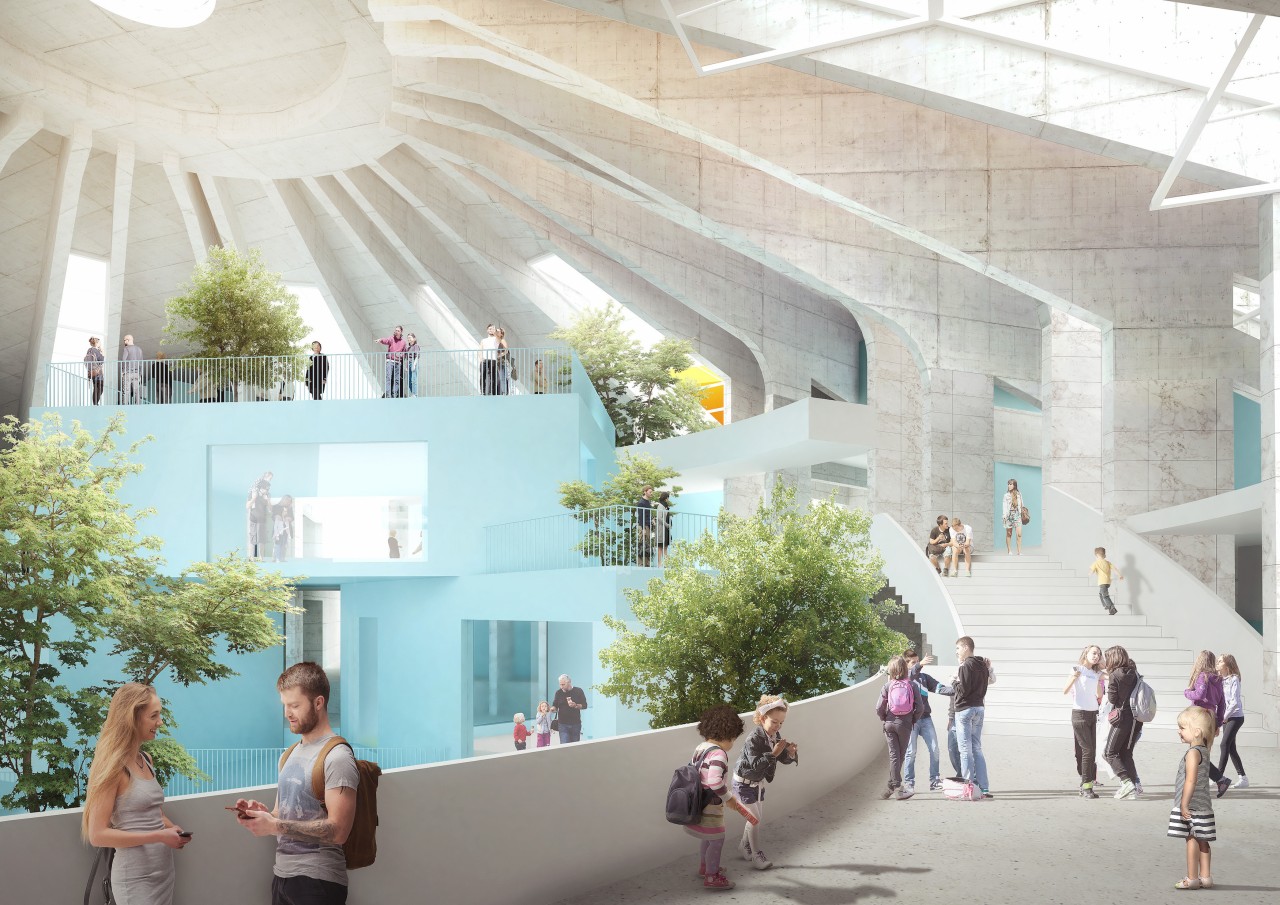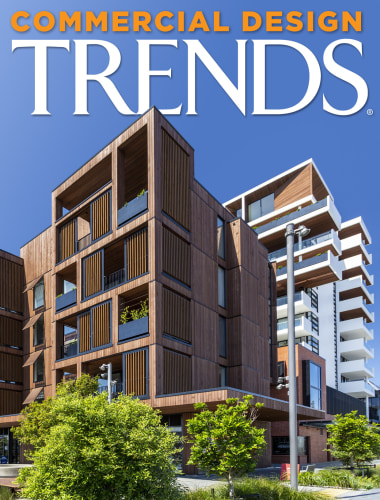Brutalist pyramid given a new life
Brutalist architecture looks like it will still be standing when humans are long gone and this Brutalist pyramid is certainly one enduring example – a symbol of dictatorship in a past life, it will soon be transformed into a social and educational hub

Renovating architect: MVRDV
From the architects:
Construction has started on the Pyramid of Tirana, the Brutalist monument in the heart of Albania’s capital city. MVRDV's design will see this crucial heritage building, once the showpiece of Communist dictator Enver Hoxha, dramatically renovated.
The concrete structure will be reused, the atrium and its surroundings greened and opened, and a small village of cafes, studios, workshops, and classrooms – where Albanian youth will learn various technology subjects for free – will permeate the site, both inside and outside the pyramid itself.

The Pyramid is thus expected to become a new hub for Tirana's cultural life and an icon for the new generation.
The 11,835m² Pyramid has had several lives in the past: originally constructed as a museum dedicated to Enver Hoxha, it has also served as a temporary base for NATO during the War in Kosovo, a nightclub, and an event space.
For many Albanians, the Pyramid is now the symbol of victory over the regime. In an attempt to reclaim the deteriorating structure, the youth of Tirana have used it as a hangout and a canvas for graffiti, and often climb it at night and then – not without risk – slide down its slopes.
Plans in recent years to transform the structure only partially materialised, leaving the interior cluttered and dark.
MVRDV’s design will radically open up the building, which is now hermetically sealed and inaccessible. Huge glass flaps close the building when it rains.
Additions from previous renovations will be stripped away to reveal a voluminous interior space while trees and other greenery will give this open space a welcoming appearance.
Boxes containing individual rooms are to be placed inside, upon, and around the existing structure. This will create a village of classrooms, studios, cafes, and restaurants.
Non-profit educational institution TUMO Tirana will be the main occupant of the Pyramid, providing free afterschool education for 12- to 18-year-olds in new techniques such as software, robotics, animation, music, and film.
Steps will also be added to the sloping concrete beams, making it safe for visitors to literally walk over this former museum to the country’s dictator, right to the top of the pyramid.
One of the beams will be preserved as a slope that visitors can slide down – at their own risk.
These steps can also be used for sightseeing and temporary events, returning the Pyramid and the surrounding plaza to their function as an important central point for cultural life in Tirana.

“Working on a brutalist monument like the Pyramid is a dream,” says founding partner of MVRDV Winy Maas. “It is striking and interesting to see how the country struggled with the future of the building, which on one hand is a controversial chapter in the country’s history, and on the other hand has already been partly reclaimed by the residents of Tirana.
“I immediately saw its potential, and that it should be possible to make it even more of a ‘people's monument’ instead of demolishing it.
“The challenging part is to create a new relationship between the building and its surroundings. I am confident our design establishes this. I am looking forward to seeing young people and for the first time older people climbing the steps to the rooftop!”
The transformation of the Pyramid shows how a building can be made suitable for a new era, while at the same time preserving its complex history. This makeover also demonstrates that historic Brutalist buildings are ideal for reuse.
The project also meets a number of the Sustainable Development Goals outlined by the United Nations. Rather than wastefully demolishing the structure, its robust concrete shell is adapted along circular economy principles.
This principle is further developed in the design of the exterior steps, which use the stone tiles that originally adorned the façade as aggregate in the new concrete.
As the majority of the structure is open to the surroundings for most of the year, only the added boxes housing the educational program need to be climate-controlled, reducing energy consumption.
Social sustainability is advanced in the building’s new use, with the educational programme advancing education and preparing the next generation for success.
Story by: Trendsideas
Home kitchen bathroom commercial design
Commercial Design Trends Vol. 34/3C
While apartment living has always been prevalent in some cities, there are others where it is still a developing accommo...
Read More

